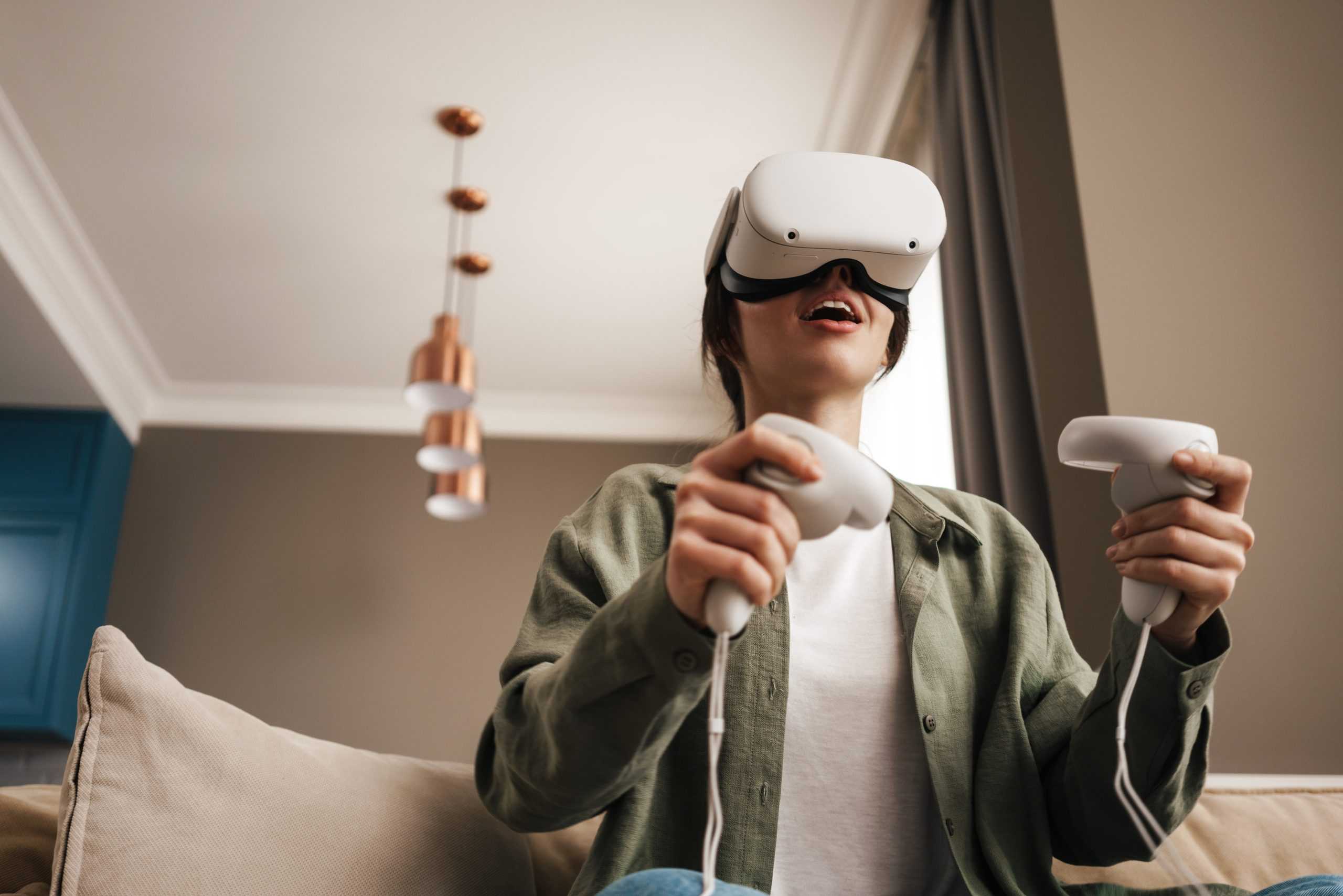Over the past year, thanks in part to the success of Oculus Quest 2 (now known as Meta Quest 2), virtual reality has been gaining mainstream attention. The technology has a long way to go before it is as readily adopted as smartphones – just 8% of US consumers own a VR device, according to Interpret data – but VR is building momentum as Meta and other major tech firms look to establish the metaverse.
Virtual worlds already present users with highly immersive experiences that can respond to motions as minute as finger gestures. One area that has seen fewer advances, however, is the sense of touch. That’s something that researchers at Carnegie Mellon University’s Future Interfaces Group have been working on recently – specifically in terms of recreating mouth sensations.
While engineers have previously been able to offer haptic feedback in VR through special body suits, vests, or exoskeletons, those innovations are unlikely to filter down to the mainstream consumer. Mouth haptics, on the other hand, can be simulated with nothing actually touching a person, as vibrations to a user’s lips, teeth, or tongue are generated with ultrasound. A transducer can make it feel like an object is sliding or swiping across the lips, which could feel like the splashing of water when sipping from a fountain, a spider or bug crawling on the face in a horror game like Resident Evil, or even a romantic kiss.
As the researchers explain, “The mouth has been largely overlooked as a haptic target in VR/AR, despite being second in terms of sensitivity and density of mechanoreceptors, only behind the fingertips. Equally important, the proximity of the mouth to the headset offers a significant opportunity to enable on- and in-mouth haptic effects, without needing to run wires or wear an extra accessory.”
Since the first video game controllers introduced vibration to gaming experiences in the late ‘90s, the field of haptic feedback has continued to modulate motors to simulate the feeling of a variety of actions, whether the rumble of a car’s engine, the recoil of a gun, or a punch received in a fighting game. When combined with VR, a variety of haptic feedback can further bolster immersion, and it’s easy to see how mouth haptics could be leveraged in gaming and other industries. According to Interpret’s New Media Measure®, VR gaming remains the top use case of interest. It’ll be interesting to see how more haptics are eventually integrated across a variety of applications.
Ready to level up your career? Check out Interpret’s Careers page for current openings and join our squad of Fun Scientists!




